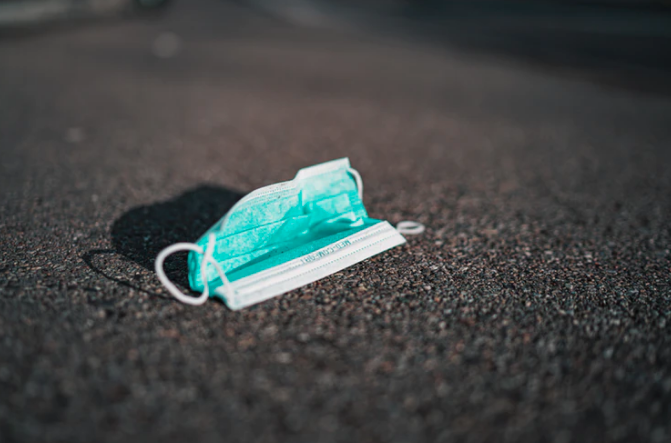Back in the 1980s, regulations were formed that covered the disposal of all medical waste. This was done in response to an astonishing trend of infectious healthcare waste material from ending up in more traditional solid waste streams. Now that there is a federal mandate in place thanks in large part to the Environmental Protection Agency, there are strict laws that must be adhered to in regards to how to properly package and dispose of all medical waste.
Here are four of the best medical waste managing practices.
Sharp Items
Sharp items, which are items that can cause puncture wounds or cuts, include items such as scalpels, needles, razor blades, sharp bone and teeth fragments, and more. The best way to dispose of this type of material is to enclose them in puncture-proof containers that are nowhere near any patients, taking care to be extremely careful when handling any of them in order to prevent injury to yourself. If these items are placed in containers that are both puncture-proof and sturdy, as well as small in size, they can then be disposed of in red Biohazard bags.
Medication
Medication, more specifically any medication that is either out of date or unused, is something that offers a more unique situation in terms of disposal. This is because these cannot be disposed of in Biohazard bags. While many medications can be disposed of in normal household trash, there are specific medications that are highly recommended to be disposed of immediately. This is the same method that is used in hospice situations; however, both pharmacies and hospitals utilize special containers for these types of medications. Additionally, they either take advantage of a mail-back program or they contract with a medical waste company.
Chemotherapy
Chemotherapy is a process that is subject to a great deal of waste, which includes contaminated masks, expired drugs, contaminated gloves, unused dosages, spillage cleanup materials, personal protective equipment, and partial containers of chemotherapy solution. Chemotherapy is also a substance that is considered to be highly toxic and, if not disposed of and managed properly, can end up causing all sorts of irreversible damage. In terms of disposal, any trace chemotherapy waste that doesn’t appear to be contaminated, as well as empty chemotherapy containers that never held P-listed chemotherapy agents need to be disposed of in Biohazard bags. On the other hand, bulk chemotherapy waste that did contain P-listed chemotherapy drugs should be disposed of as hazardous waste.
Bodily Fluids
Bodily fluid and other saturated items, such as material saturated with saliva, blood, vaginal fluid, and semen, is fluid that has the potential to contain viruses that could be passed to other individuals. It’s always important to assume that items containing these fluids are infectious in nature. Cleaning these items should involve the use of a mask, gloves, bleach, and cleaning materials. Any items saturated with bodily fluids must be properly disposed of in either a red Biohazard bag or container. It is important to then sanitize any affected areas as quickly as possible once the items have been properly disposed of.
Thank you for visiting the Quick Claimers Inc. blog, a medical practice online billing company. If you want a better way to do billing and coding for your medical practice contact us today.

